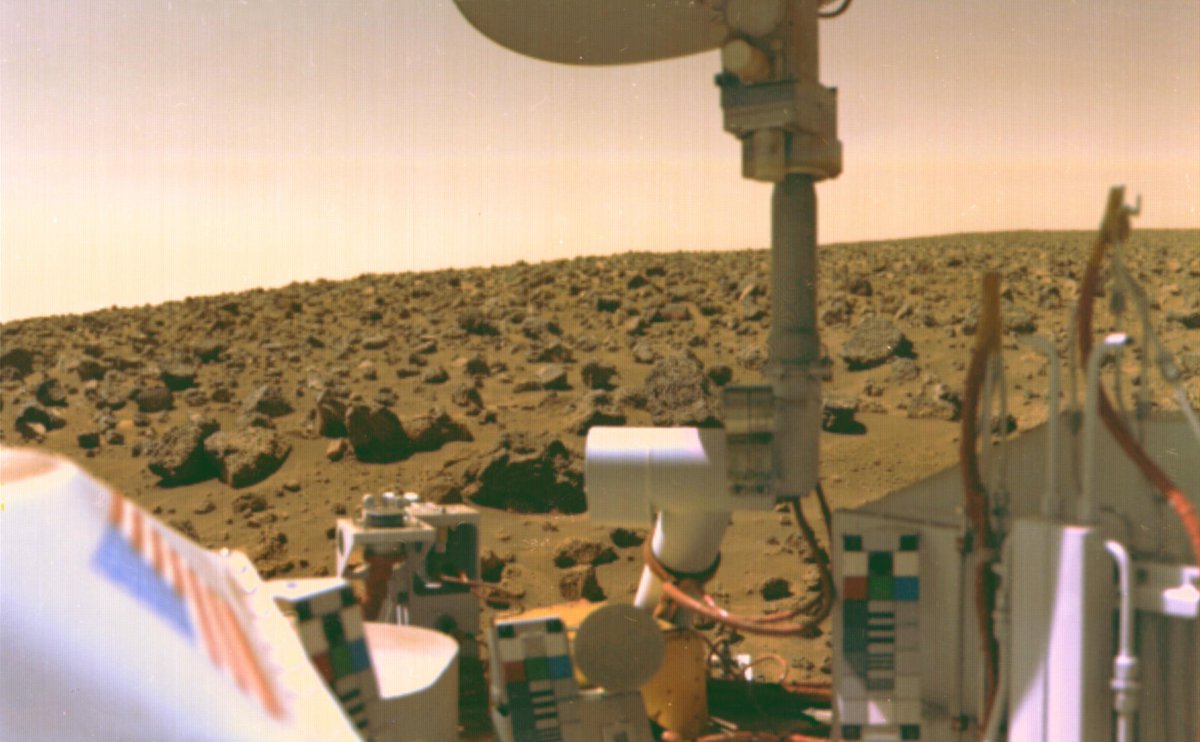"Sometime within the past three billion years two of these minor planets bumped into each other, Dr. Kuiper reasons...
That was Kuiper's thinking in 1951. But then, just two years later...
He thought the smaller asteroids were all rubble from the original 5 to 10 "true planets" colliding.










